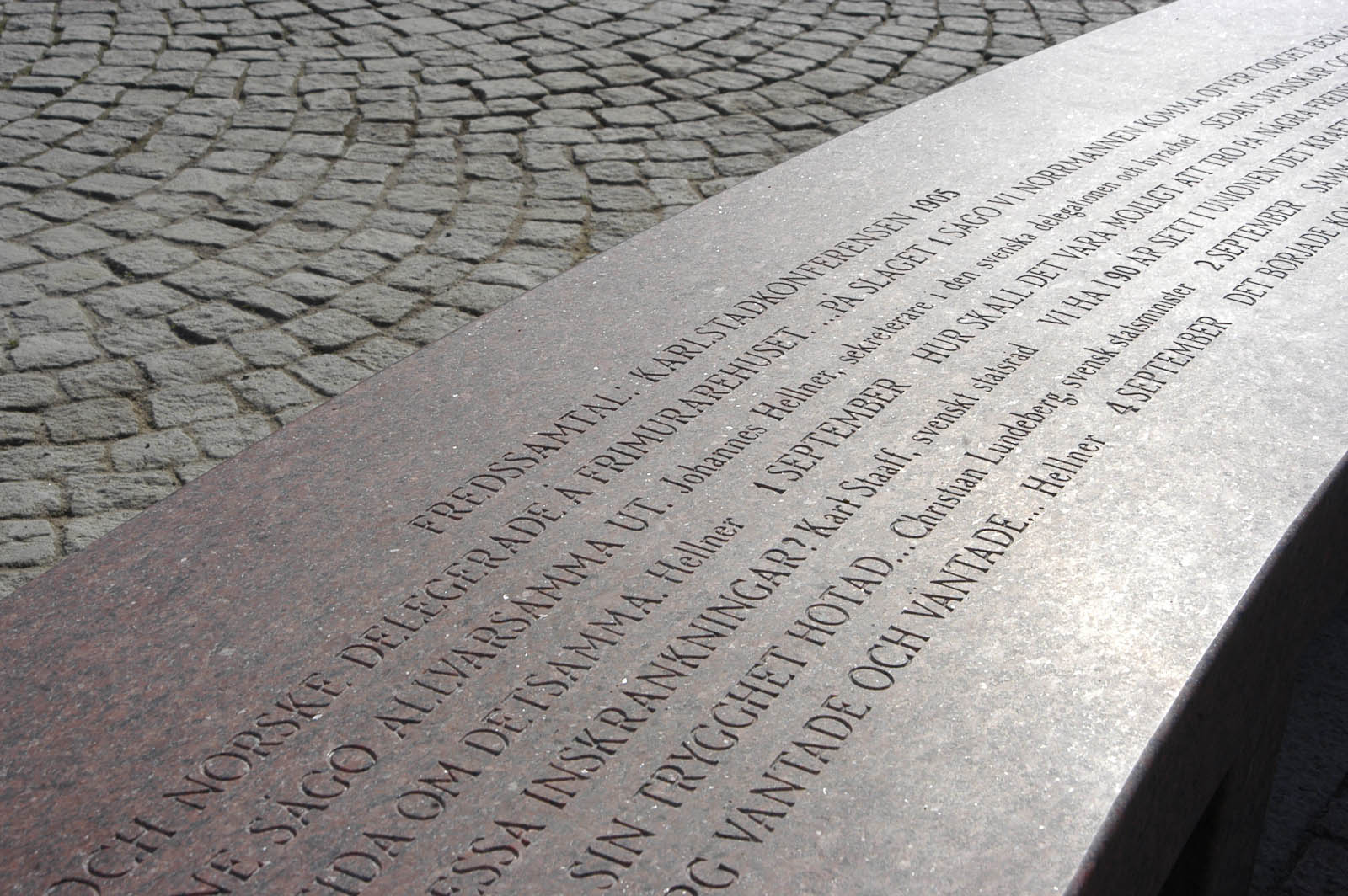Gotland Municipality was the first Swedish municipality to introduce the One Percent Rule, in 1957. Today, 41 percent of Sweden’s municipalities apply the One Percent Rule, which have been strengthened in many places across the country after the introduction of the Cultural Partnership Model (Kultursamverkansmodellen).


The Swedish Arts Grants Committee has published two in-depth reports into how municipalities and regions apply the One Percent Rule: “Ingen regel utan undantag: enprocentsregeln för konstnärlig gestaltning av offentlig miljö” [Exceptions to Every Rule: The One Percent Rule for Artistic Design of the Public Realm], 2013 and “1% för konstnärlig gestaltning av offentlig miljö: En komparativ studie av enprocentsregeln i kommuner och regioner 2012 och 2018” (2020) [1% for Artistic Design of the Public Realm: A comparative study of the one percent rule in municipalities and regions].
Peak Years for the Introduction of the One Percent Rules
The Swedish Arts Grants Committee’s reports set out from the present situation and identifies two peaks for municipal decisions to introduce the One Percent Rule: in 1988–1992 and in 2005–2011. After the introduction of the Cultural Partnership Model (Kultursamverkansmodellen) in 2011, there has been a further increase in municipalities that apply the One Percent Rule. From 2013 to 2018 the increase was eight percent.
There is a clear tendency to apply the One Percent Rule just as a rule. The occurrence of vaguer wordings such as “recommendation” or “motto” has, according to the Swedish Arts Grants Committee, decreased and is found today only to be found in some ten percent of the municipalities.
Historically, there is a connection in time between the municipalities’ introduction of the One Percent Rule and a government inquiry into the Home Loan Rule (bostadslåneregeln) that was carried out in the early 1960s, when the construction of the Million Programme had been implemented. The outcome of the inquiry was an opportunity for housing companies to obtain subsidised loans if they incorporated art into the design of the new housing areas. Several municipalities chose to routinely allocate funds for art in conjunction with new developments, which partly explains why Skellefteå Municipality decided to introduce the One Percent Rule in 1962 and Stockholm City in 1963.
Public Art at New Builds, Redevelopment and Extensions
Municipalities have, in recent years, extended the application of the One Percent Rule from only applying to new development projects to also include redevelopments (an increase of 17 percent in 2013–2020) and extensions (an increase of 4 percent). An increased number of municipalities also apply the One Percent Rule for art in outdoor environments (an increase of 12 percent).
How much money one percent represents varies greatly. Thirty percent of the municipalities and regions allocate one percent of a project’s investment budget to art. Thirty-eight percent use only the building project’s budget as the basis for their calculation. Some municipalities and regions use the municipality’s/the region’s entire investment budget as the basis for arriving at one percent. Other – fewer – municipalities and regions regularly allocate funds for art in accordance with “the One Percent Rule”, but the amount only represents half a percent. Sometimes even less. However, there are also municipalities that allocate more than one percent for public art.
Private Companies Introduce the One Percent Rule
Several private companies also employ the One Percent Rule. The Swedish Arts Grants Committee’s 2020 report shows that the number of private companies that let premises to the public sector and apply the One Percent Rule has increased from three to seven percent from 2013 to 2020. It has thus more than doubled in five years, which may be an indication that art is a good investment for a better environment.
Public Art: Part of a Whole
In the end, it is always the municipal boards and the municipal assemblies that are responsible for the allocation of municipal funds for art. However, the manner in which to allocate and utilise the funds is often prepared by a responsible committee or department, most commonly the culture and leisure service departments. The Swedish Arts Grants Committee’s latest report notes a clear change in that the city building departments’ responsibility for public art has increased from five to 21 percent in 2013–2018. This indicates that, across the country, the view on designing our shared environments corresponds to the Policy for Designed Living Environment, which states that art and cultural environments as well as architecture, form and design are natural parts of the design of our shared environments.
Four Examples
When land is allocated by Vara Municipality, the developer must sign a contract and pledge to invest at least one percent of the price of the land in artistic work in the completed project.
Årjäng Municipality introduced the One Percent Rule in 2019. The One Percent Rule is a binding requirement for private developers and contractors that build on behalf of the municipality.
Knivsta Municipality allocates one percent of a project’s first politically adopted budget for art. If the project turns out to be more expensive and the funds for the art project represents less than 0.5 percent, the figure is recalculated.
Haninge Municipality allocates one percent of its annual construction investment budget to public art, including costs for heating, ventilation and air conditioning.